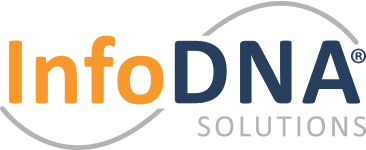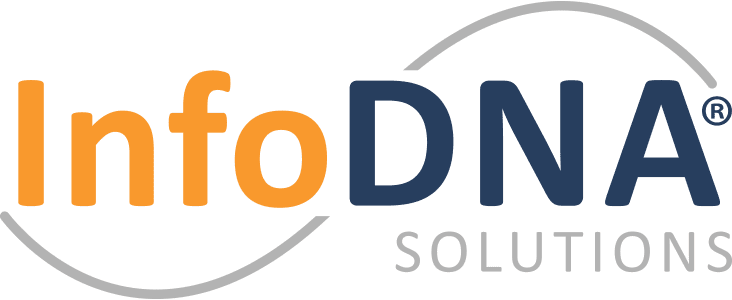
Over and over, organizations fill up their document management systems, network attached storage and other ‘systems of record’ (like Salesforce.com) with documents. Most of these have no official time window or is so far out that they have a retention policy of ‘forever’. Once they are signed, they are put away in case there is a chance they need to be referred. Customer cancels services, a lease is broken, a long term rental of an asset is returned, a claim is made against a policy – the list goes on and on.
 The problem
The problem
As time goes on, the business value of retaining these potentially millions of documents diminishes. Not that they go down in economic value per-se, but as a static document represented a historical business transaction the chances it will be searched on goes down over time. On the other side of this equation is the overall cost of maintaining the repository and longer term total-cost-of-ownership (TCO) goes up. Upgrades to the operating system, components of the document repository, security – the list quickly becomes long in what needs to be kept current. Add to this how the primary content solutions is adding year-over-year inflation to maintenance. That original Documentum or Filenet transaction of 15 years ago has seen the yearly maintenance grow by ~10% a year – now making that system cost nearly as much a year as it was to purchase in the first place (15 year CAGR at 10% annual increase means that $1 in maintenance in year 1 is now $3.80 in year 15).
 Alternatively, if the system of record is a more fundamental on-premise network attached storage (aka Network Drive) or up in the cloud in BOX or DROPBOX, there are different economic and risk factors at play. Each time you have to replace hardware, there is work to bloat TCO. Using a ‘file share’ method also lacks security, searchability and more.
Alternatively, if the system of record is a more fundamental on-premise network attached storage (aka Network Drive) or up in the cloud in BOX or DROPBOX, there are different economic and risk factors at play. Each time you have to replace hardware, there is work to bloat TCO. Using a ‘file share’ method also lacks security, searchability and more.
 The solution
The solution
Use what is next in content services. If your organization subscribes to Microsoft 365, you have a potential solution at your fingertips with SharePoint in the Cloud. How to change that document depreciation into a economic model that takes advantage of modern technology, platform options and cost/document math. Reconcile those on-prem systems to reduce or remove their presence (and thus the cost) more inline with the value of the documents.
InfoDNA Solutions – and their broad set of file discovery and migration tools – can help cost up to 70% of an existing document system burden. Learn more at www.infodnasolutions.com




